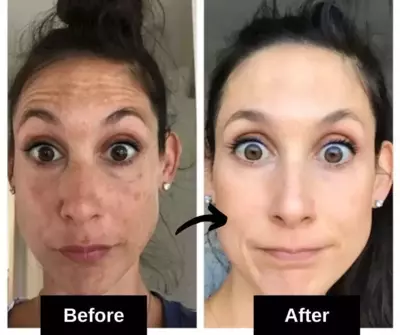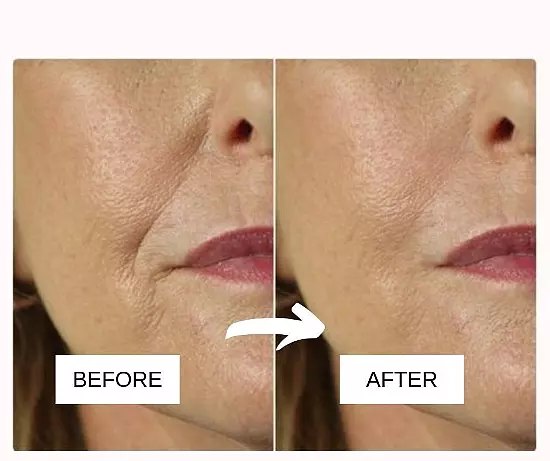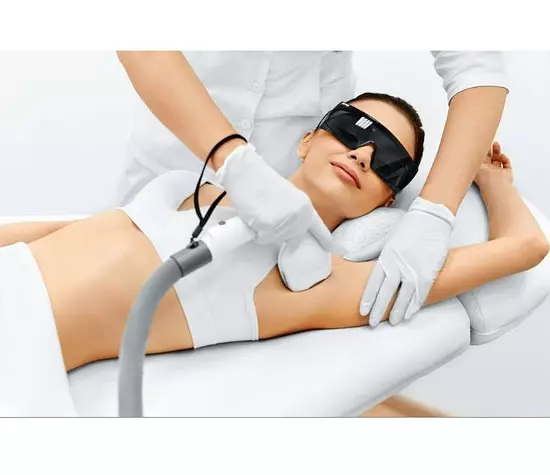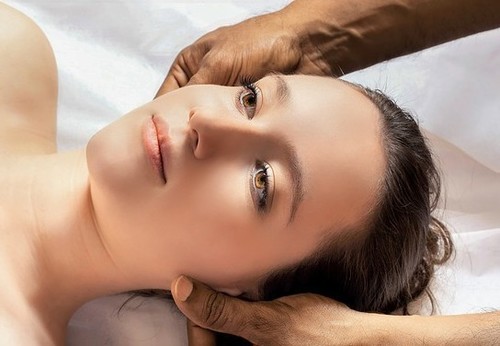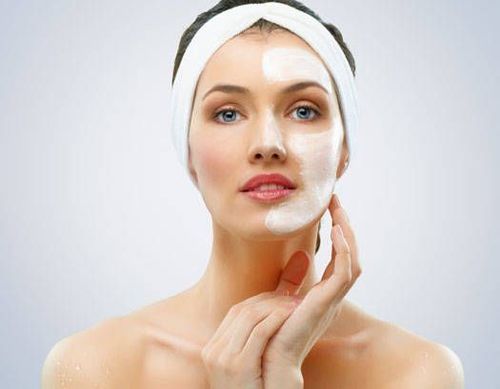What Is The Best Uv Index For Tanning? Full Guide
Riya Lisa Ghosh
Updated At 20 Mar 24
Who doesn’t want to get ready for the summers with a perfect golden tan? But there’s always been a major concern on how much time should be spent under the sun to achieve a perfect tan. Responsible tanning requires consideration of a number of points. Understanding the UV index and its impact of skin is important before you step out for an effective tanning experience.
Have you been having similar questions lately? Well, here's a detailed guide to understanding UV index for tanning – what’s safe and what’s best.
Table of Contents
UV Index Guide And Tanning
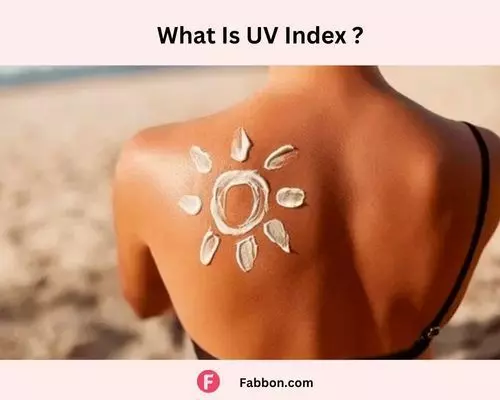
What is UV Index?
The UV index measures the amount of ultraviolet radiation from the sun that reaches the Earth’s surface. It is used to determine the intensity of sun exposure during outdoor activity at a certain time and place.
It helps in understanding the protective measures that need to be taken. The index ranges from 0 to 11+ (low to extreme). It is important to note that over-exposure without precautions can lead to sunburns and premature ageing of the skin.
Types of UV Radiation
Ultraviolet or UV radiation is a form of light which is invisible to the human eye. UV rays are classified into three categories – UVA, UVB and UVC rays. The UVA and UVB rays have the most impact on humans.
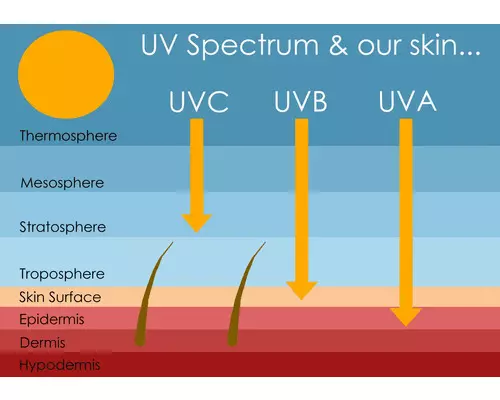
UVA rays penetrate deep into the skin’s dermis (middle) layer. This can cause premature aging like wrinkles, spots and even skin cancer. The amount of exposure to this radiation type, depends on the amount of time you spend outside under direct sunlight and the amount of protection you have used for your skin – sunscreen and clothing coverage.
UVB rays penetrate the skin deeper than UVA rays, when exposed to lower levels for longer period of time. This can damage the outer layer of the skin and cause sunburns, redness and blistering.
Correct precautions need to be taken to avoid and lessen the risks of radiation. How? Keep reading to know more!
Understanding Your Skin Type
Having a fair idea of your skin type is important to determine how much tanning suits you.
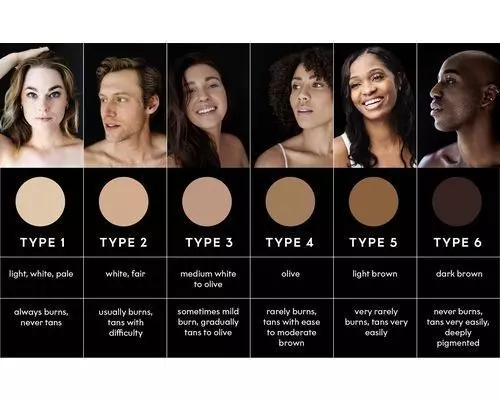
Skin types are classified on a scale from Type I (very fair, low pigmentation) to Type VI (deeply pigmented). If you have fair or sensitive skin (Type I to Type III), you need to take extra precautions and limit your exposure to UV Radiation. Darker skin types (Type IV and VI) tend to have more natural protection from the sun. In general, people with lighter complexions should limit their exposure to sunlight during 10 and to 4 pm, which is when the sun shines the strongest. Getting, frequent sunburns can lead to long term health issues and adequate protection should be taken.
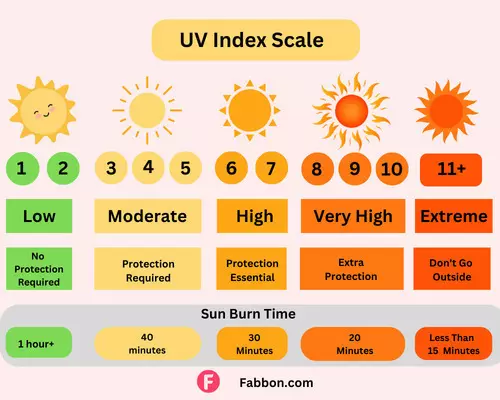
Best UV Index For Tanning
Please note UV rays cause a fair amount of skin damage so it is important to limit the exposure and pick the right time to minimize the risk.
The higher the UV index, the faster your skin burns. Before going for a tan, it is important to plan on how long you wish to stay outside to reduce the risk and damage.
The UV Index Scale has specific meaning and has implications on how the skin needs to be protected.
1. 0-2 - Minimal risk. No protection required.
2. 3-5 - Low risk. Use sun protection measures.
3. 6-7 - Notable risk. Apply sunscreen every few hours, seek shade and wear protective clothing.
4. 8-10 - High risk. Take extra precautions. Minimize sun exposure during peak hours.
5. 11+ - Very high risk. Avoid sun exposure whenever possible.
The lower the UV index scale number, the lesser UV rays reach your skin.
The optimal tanning time depends on your skin type, sensitivity to sunlight and strength of UV radiation in given place and time. You can start with short amounts of exposure, which can be 10 minutes or less, and keep gradually increasing as and when your skin gets used to the process.
Considering the environmental conditions like temperature, heat of the sun, dryness or humidity, is also important to determine if the UV index is good for tanning or high enough to cause significant damage. It is also important to keep a track of your progress and to not overdo once you start seeing results. Spending 30 minutes or less outdoors, is ideal.
UV rays cause a fair amount of skin damage. However, choosing a time with a lesser UV index and using the correct amount of sun protection can help you achieve a tan while minimising the risks involved.
Usually, an index range between 2 and 5 is the best for tanning, however, it is very important to limit the duration to mimnimize the risk. Please note UV rays do cause skin damage, so do seek experts opinion before you decide to go for tanning.
While the UV index is important to note, it is also essential that you know how to make your tanning process effective.

5 Best Tips To Make Tanning More Effective
Tanning will let you get an evenly healthy glow, but it’s important to follow a smooth sailing process. Once you’ve understood what UV index suits you best, take steps to protect your skin from the damage.
1) Apply a layer of sunscreen with high SPF. Seek shade often and do not go out for a tan when the sun is strongest.
2) It is best that you keep your tanning sessions within a limit, to avoid over exposure.
3) When you start seeing a change in how you skin looks when you look at it, is when its best to halt for the day.
4) Its best if you find an average index, with mild sun exposure for your tanning session. 15 to 30 minutes a day, with the correct protection will most likely do the job for you.
5) Opt for lesser time outside, if you have fair and sensitive skin.

How To Minimize Risk During Tanning - 4 Top Tips
Before deciding on your tanning plan, it is important to finalize the location. The time of the year, weather, heat of the sun and time in the day can increasingly influence how much time you should spend in the sun and what is the safest for you. If you are under any medication, it is best to consult you doctor before you go for tanning. Some medication is likely to increase sensitivity to sunlight, which could lead to burns or increase skin damage.
Usually maintaining an average index along with the required protective measures for your skin, makes it comparatively safer to tan.
Please note tanning comes with associated risks as it causes skin damage, however, one can try to minimize the risk by following specific tips.
1. Exfoliate: Exfoliating your skin before sunbathing can help remove dead skin cells, ensuring a more even tan.
2. Hydrate: Drinking plenty of water and using a moisturizer prevents dry skin.
3. Sunscreen: Applying sunscreen with SPF 15-30 helps protect against harmful UV rays while still allowing for tanning.
4. Limit Exposure: Rotating your body frequently can help in even exposure and ensuring that specific area of the skin is not over exposed.

6 Tips For Safe Tanning
Now that you know what’s best for you skin and all ready to start your tanning process, here’s a few tips for safety, so your journey can be safe and sound.
1. Choose the correct sunscreen or tanning lotion. It is recommended to use a sunscreen with an SPF of at least 30.
2. Use a sunscreen that specially protects against UVA and UVB rays.
3. Be mindful of your skin tone and choose your sunscreen accordingly.
4. Avoid peak time of the day which is usually 11 am to 3 pm.
5. Have fair information about the UV index in your location, and go for tanning when it ranges from 2 to 5.
6. Use bronzers or tanning lotions to smoothen your tan.
Frequently Asked Questions On UV Index And Tanning
1. Can you tan with UV Index of 1?
The UV index is 1 when there is not too much sun exposure. It would take a long time for its effect to be visible. Spending several hours in the sun when the UV index is 1, might show a difference in skin colour.
2. Can you tan with UV index of 4?
Tanning is better with a UV index of, but it takes extended periods of exposure. There is low risk of harm if your skin is unprotected. Sunburns are rare.
3. Can you tan with UV index of 6?
UV is index of 6 indicates high sun exposure. You should apply sunscreen before stepping out. The tanning will most likely take 15 to 20 minutes, here. Although, be cautious because sunburns in this index are common.
4. Will an increased UV index help you tan faster?
A higher UV index increases chances of a sunburn. A higher UV index does not mean you will get a better tan. Maintaining an average UV index, while keeping in mind the time limit and your skin tolerance is the best way to go about it.
5. How to use UV Index effectively?
After you get a fair idea of your skin and how sensitive it is to the sun, you can keep a track of when the UV index comes to the point which suits you best. Most likely, avoid peak sun hours and opt for UV index between 2-5.
6. Is there a safe UV Index for tanning?
UV rays cause a fair amount of skin damage. However, choosing a time with a lesser UV index and using the correct amount of sun protection can help you achieve a tan while minimising the risks involved.
7. Why does tanning occur?
When you’re exposed to UV radiation, your body increases melanin production. Melanin is what causes pigmentation of skin. This pigment causes tanning, to protect yourself from the sun.
All said and done, your health comes first. Achieving a tan requires a balanced approach that prioritizes the health of your skin and minimizes the risk of damage. Understanding the UV index, limiting your exposure and following a process that suits you best is crucial. A major part of tanning involves protecting your skin as well. Enjoy a healthy glow while protecting your skin.
Get ready to flaunt you sun-kissed golden glow!




